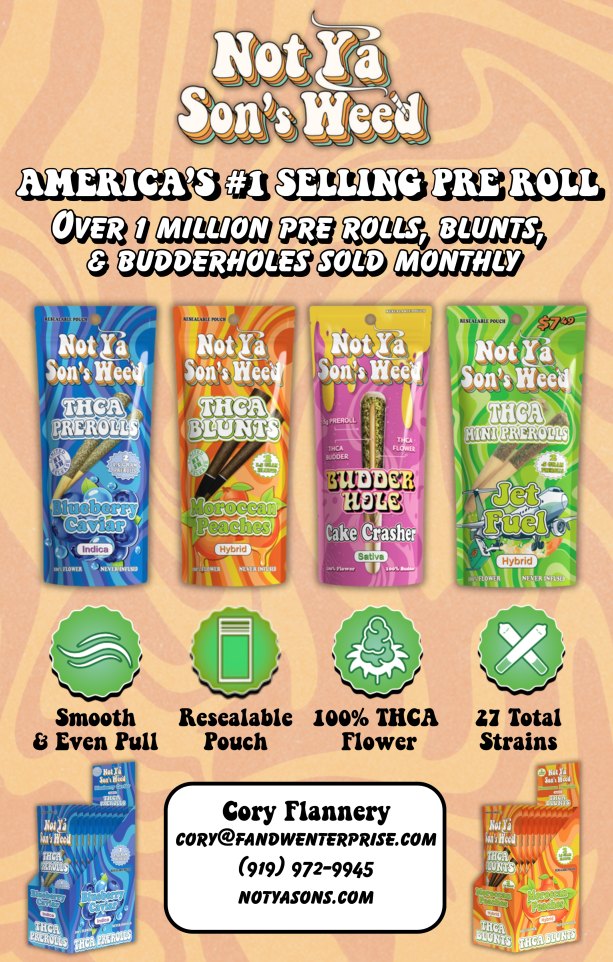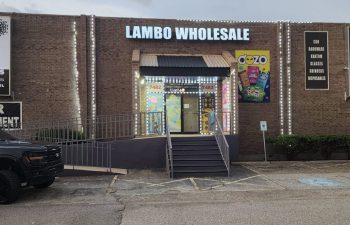
The coronavirus has been a catalyst for big changes in the way consumers spend and pay. Contactless payments are a growing trend, and so is the move towards “buying online and picking up in-store”. This service is now a ‘must have,’ and the pandemic has accelerated what was likely already going to happen. According to Invesp, 67% of shoppers in the US have used Buy Online Pick Up In Store (BOPIS) in the past six months, and 10% of all sales will be fulfilled by Click and Collect by 2025.
Curbside pickup has become popular with retailers, restaurants, and grocery stores. And it’s easy to see why this happening – the option is convenient for shoppers, limits congestion in stores, and minimizes person to person interaction.
Glympse (glympse.com) provides “The Last Mile Automation” for curbside pickup, giving shoppers the ability to track the real time status of a grocery delivery or “drive up & go order” through a merchant’s e-commerce platform. When a shopper places an online order, the local retailer fulfills the order and the shopper receives an alert when the purchase is ready. Shoppers can then use the Glympse platform to share their location when they’re on the way, and a geofence trigger alerts the retailer’s staff when the customer is about to arrive. It also enables 2-way communication between the shopper and the business to fine tune the contactless curbside experience.

Worrisome retailers might understandably express concern that curbside pickup will create a drop in impulse purchasing and opportunities for sales teams to upsell while talking to customers in-store. Rather than give in to this idea, use this new norm to create new opportunities for sales.
Glympse suggests sending a notification to your customer as they arrive for their pickup and make it easy for them to add to their order with a click of the button.
Have your staff connect with customers using personalized messaging via SMS or email to check in on past orders and ask if they would be interested in new products. Even if your customers don’t make a purchase, maintaining a positive relationship with your brand will create loyalty.
Once restrictions begin to lift, embrace the new digital, but encourage your customers to buy online and pickup in-store, where possible. BOPIS was a popular way to shop before the pandemic, and with the right offers, retailers can invite their customers back in store. Be sure and communicate the safety measures you are taking so they will feel comfortable coming inside.
The fact that demand for curbside pickup has continued to increase since the cessation of shelter-in-place orders suggests that consumers have more fully adapted to this new shopping paradigm. Data suggests strong growth in demand for curbside pickup will continue throughout 2020, as some states are now issuing a second shelter-in-place order for the year. Retailers are also realizing that curbside pickup presents an opportunity for their businesses to remain viable and operational, despite the current situation.



















